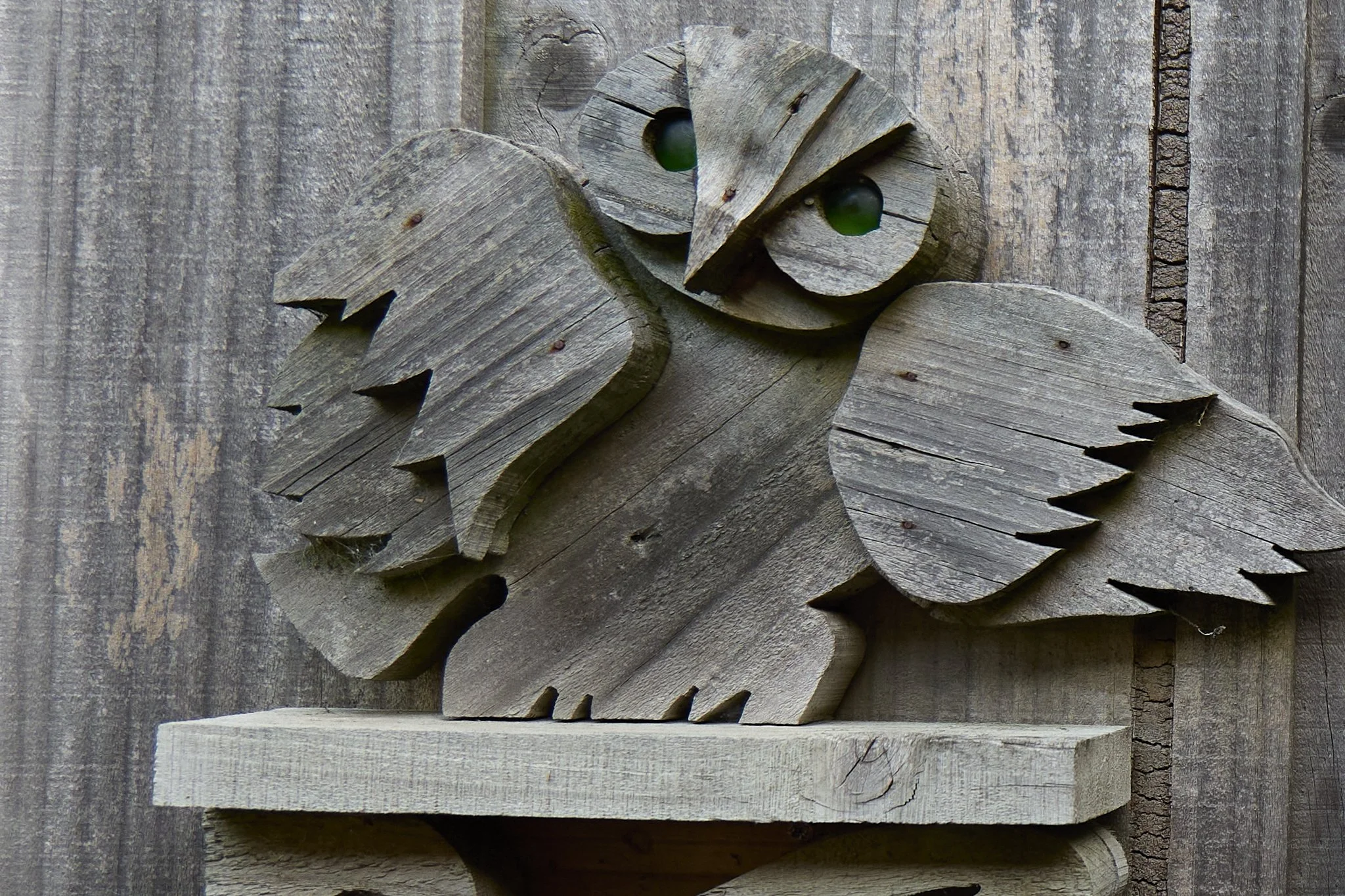I did a post a while back called “Taker or Maker?” asking whether you, the reader fall into one or the other camp, but the context was confined to street photography. This time I am going to apply it to more general photography or more specifically, general journalistic photography.
I am a photo taker. I see something and if appropriate and I am able, I grab the shot. Simple as that. How I get the shot is an ever evolving process, but still it’s that simple.
That has always been me and always will be. Thirty plus years of photography has allowed a style to emerge naturally and that style is to watch, see and capture. I see no value in manufactured reality. It does nothing for me and it never occurred to me to evolve any differently.
For a long time I thought this was a matter of practice. The skill set that was not developed, but could be. Over the years though I have noticed a strong resistance in me to reverse the process from the natural see > capture to a very forced and uncomfortable make > capture.
This may be normal of course. Most people have a fear of public speaking or performance and to some extent manufacturing an image smacks of that, but in my case I have developed several comfortable skills when communicating with others, from sales to training to running field trips. I seem to have no fear when it comes to communicating to control peoples actions, but I still feel uncomfortable posing people.
Why?
I guess creatively, I respond to genuine actions with purpose, to the subject unaware candid and the beauty of life’s authenticity. The early images that inspired were National Geographic or Outdoor Photographer covers, books of travels and candid portraits of people in exotic places (i.e. Street photography before it was called that). During that period of my life and the history of photography, still life, weddings, newspaper and commercial work all had formulas that served their needs, but none appealed to me.
I am attuned to natural observance and feel very self conscious when breaking that reality.
This was grabbed, then I went to get names. better to ask for forgiveness than permission, because asking for permission kills the moment.
While there, this happened. Nothing set up, just reacted to. Prior to these I got a set of the usual sit-and-pose images and they were fine. Workman like. Interestingly, the editor chose these two as hero images, along with one of the artist (performing, not posing), then used the other shots as small fillers, so there is clearly something in this for everyone.
The watcher or taker is only after a natural moment. Nothing can be forced, made up or faked. If I have to set up a shot, I will take the role of choreographer and let the characters play out their roles, hopefully allowing me to work my way.
Good makers, like wedding or commercial shooters are a different breed and in some limited circumstances I can do what they do, especially in a studio, but generally, meaning 99% of the time, I work best watching and taking.
I have been trying to grow another foot at the paper, become a good photo maker, one who sets up polished formulaic shots, but it is just not me. This is part of the reason I have asked to go back to part time with an emphasis on weekend work. Weekends are where the sport is. I need some space to practice what I am good at, to do some work I actually enjoy and more than just occassionally.
This is the made photo, predictable, forced and practiced (but by shooting the process over the person it was effectively “taken” by me). I also noticed the maddening habit all the drivers got into of holding up the one finger, something even the host web page used sparingly. Making images can be a two way thing, which only adds to their fake nature. If the interaction is necessary, then the process ia at least smooth, but if it replaces a lack of imagination…………. .
This is the taken image, with adding context, action, interaction, authenticity and story elements. It required preparedness and speed, but this just adds to the fun and feeling of achievement.
As stated in a recent post, if forced to shoot naturally, I need to put people in a comfortable place, then take their image naturally, organically even if a little fake.
A bit like late night and morning people, I don’t think you can force one to be the other. Although the two other photographers at work are well practiced at making photos, one of them I feel is not any more comfortable than me, just well practiced and resigned to it. His great love is the landscape (found not made).
I can do the set shot thing and have to, but I will never be good at it*, nor will I like it and I will always push back with what I feel is a better representation of the world.




















































































































